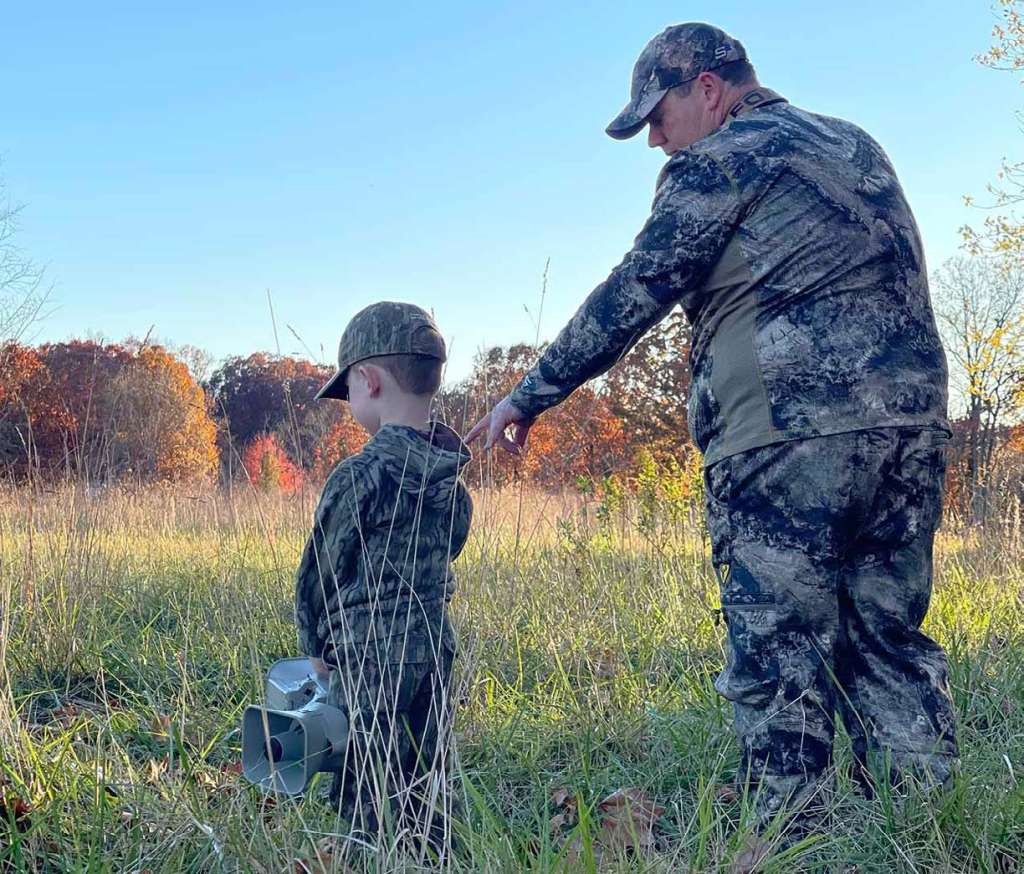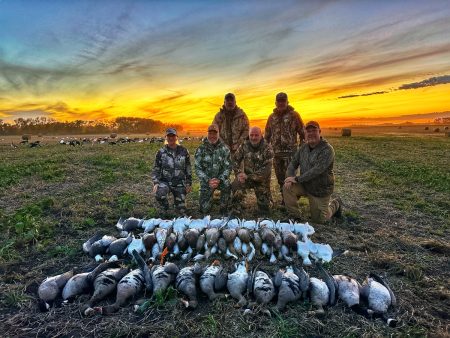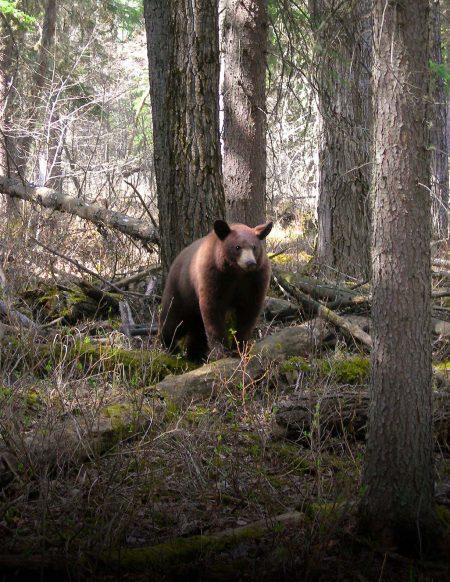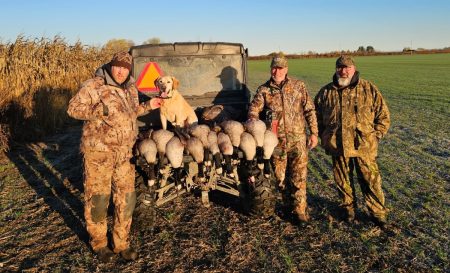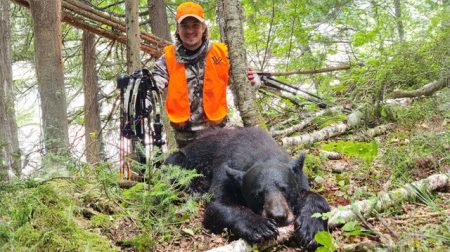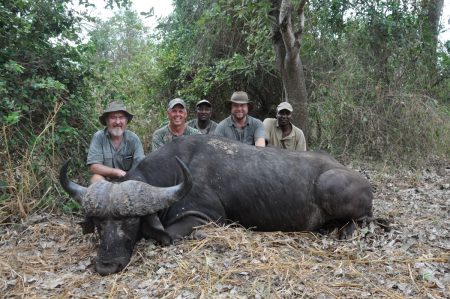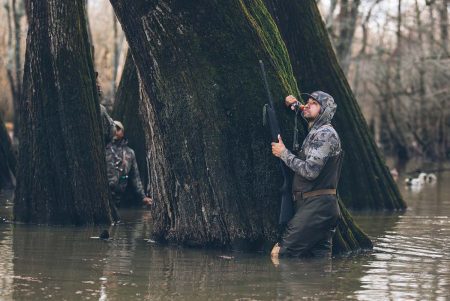Adrenaline, excitement, enjoyment, delight, and tradition are a few words that come to mind when explaining coyote hunting to a newcomer.
Rather than trying to describe why coyote hunting is such a fun activity, try showing them.
When someone extends an invitation for a chance to coyote hunt in a new area, I am eagerly receptive to every opportunity. When a good friend asked me to take him and his nine-year-old son coyote hunting on a cool mid-October morning at their family farm, I didn’t initially realize how special the hunt would be for him, his son, and myself. My friend explained that he and his son had recently built a tall tower blind in the corner of his hay field for them to use to deer hunt. After sharing the details of their newly built blind, he explained that the blind would make a great place to call for coyotes, due to the regularity in which they had encountered them mousing in the hay field.
Fast forward to the following weekend. We found ourselves perched in the top of the tower blind, waiting on enough light before we began calling on my electronic caller. Before getting settled, while my friend and his son made their way up into the blind, I carried the caller approximately 20 yards out into the open field. I proceeded to follow them up into the blind myself.
When there was adequate light to see a coyote through our rifle scopes, I began my calling sequence by howling on a diaphragm howler. After two or three subtle howls, I grabbed my caller remote to choose the upcoming sequence of sounds. With the remote in my hand, I turned my head as I could hear fast footsteps approaching through the newly fallen leaves behind our blind. With little time to spare, I quickly got down on my rifle as a coyote was quickly heading our way at a mere 40 yards below us.
A second after I made a fatal shot to that coyote, my eyes caught the movement of a second coyote making his way to the sound. I rapidly ran the bolt on my .243 rifle to engage another bullet, then made another successful shot.
After turning to look at my friend and his son, I saw the young boy bouncing up and down like a baseball player who had won the World Series. I had no other response than to bust out in laughter in response to the young boy’s excitement. Even though I explained to them that coyote hunting doesn’t always result in such a quick, successful response as what we had witnessed, I knew the young boy was hooked for life.
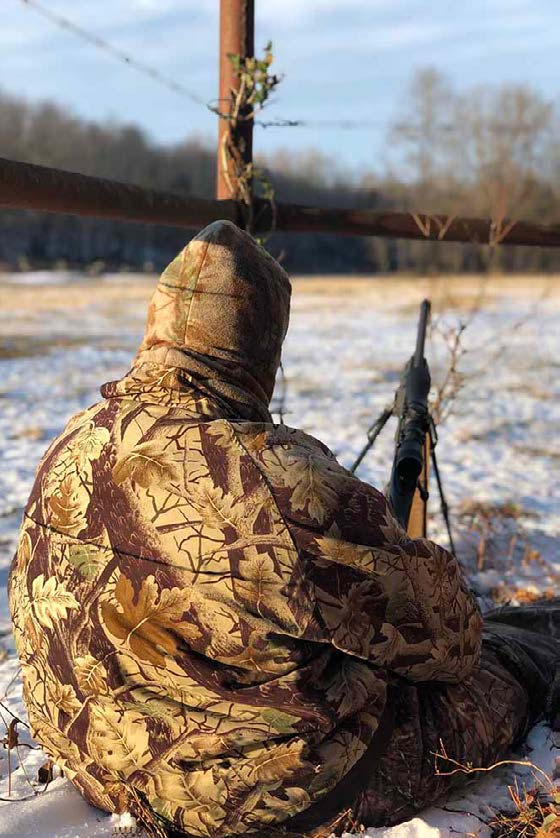
CONCERN FOR FUTURE HUNTERS
When thinking of the future of coyote hunting and how our younger generation will continue traditions that have existed for many years, I can’t help but worry about what may come based on the challenging times of today’s world.
Two main factors fuel my concern. One is that today’s kids have many opportunities that occupy their spare time. In an instant-gratification world powered by numerous social media platforms, many kids grow accustomed to a fast-paced lifestyle. They are driven by the ease of scrolling to the next big trend when they become uninterested in their current state. There are endless possibilities available at our fingertips.
By always having an array of entertainment in our hands, no one seeks new activities to occupy their time or ventures out to learn something new that they may enjoy. Now, more than ever, an adult and veteran hunter must introduce newcomers to the sport of coyote hunting. Hunters must take men, women and children who have never hunted and introduce them to something new that has brought enjoyment and passion to hunters for many years. As parents, we must teach our kids about hunting and the importance of keeping our sport thriving in the future. Sharing our love and passion for hunting is the only way to ensure that traditions remain intact for future generations.
My second cause for concern when introducing newcomers to coyote hunting is the decrease in participation and popularity due to declining fur markets. This decline has damaged many hunters’ and trappers’ passion for collecting furs during the winter. Less demand for furs has resulted in declining fur prices, causing many veteran trappers and hunters to pack away their traps and predator calls because they have lost their need and desire.
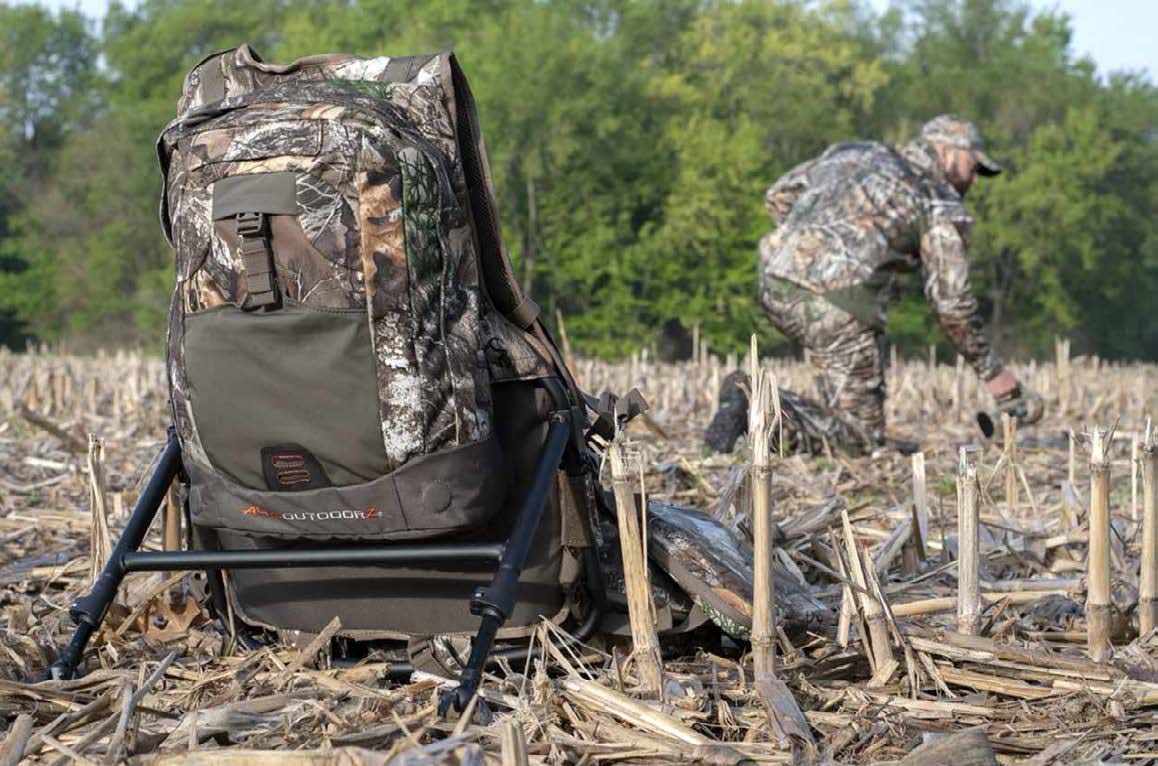
TEACHING NEW COYOTE HUNTERS
As with the hunt with my friend and his son, it is vital to have new hunters accompany an experienced coyote hunter during the beginning. One of the biggest discouragements from new coyote hunters is their need for instant success at the beginning of the hunt.
As with most things, when someone fails at something for an extended period, they will probably not continue. By starting with an experienced hunter, they can educate the beginner on how to hunt, how to use calls, and why certain situations work and why they don’t. As with my hunt, when newcomers witness success early, it gives them hope and builds anticipation for their future success. Most importantly, it is fun and exciting when they partake in such an adrenaline-filled activity.
TAKING TIME TO TEACH
While hunting with a youth hunter or someone new to coyote hunting, I prioritize explaining what I am doing and the reasoning behind it. I explain coyotes’ different characteristics, behaviors, and what coyotes do during the time of year we are hunting. When hunters know a little about the animal they are actively pursuing, a certain respect for the animal is established, and confidence as a hunter is gained.
As the hunt progresses, I explain why each sound on the electronic caller is chosen and what the expectations from the coyotes will be because of the chosen sound. Explaining each step to a successful coyote calling stand educates the newcomer on how to hunt on their own later.
After educating new hunters about the thrill and excitement that can be felt when coyote hunting, the next step is to show the importance and necessity of harvesting coyotes annually. Many veteran predator hunters and trappers quit the sport, feeling like there is no reason for them to hunt because fur demands and prices have declined. Predator hunters must keep hunting and trapping for many wildlife management plans to keep thriving.
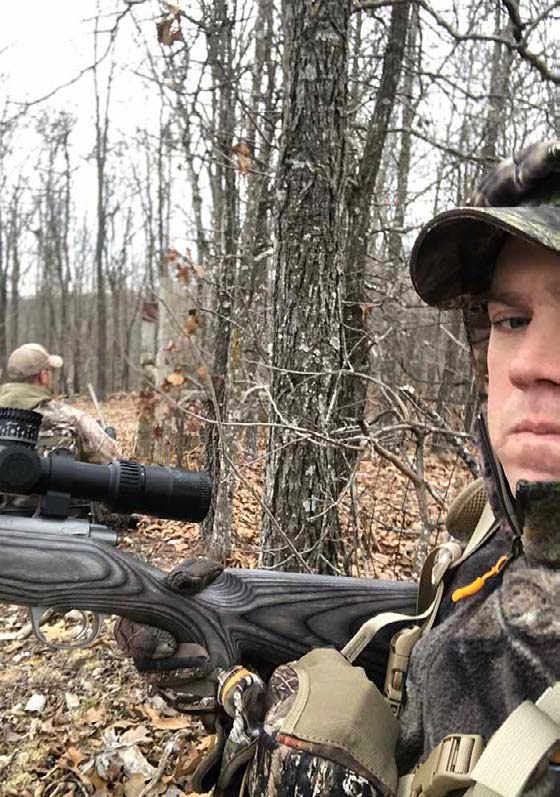
Recently, turkey hunters have witnessed a dramatic decrease in turkey populations across the country.
Many experts say one of the factors that contributes most to the failing turkey population is that fewer of their predators are being taken yearly because of low fur prices. It is vital to educate newcomers on why harvesting predators such as coyotes, foxes, and bobcats are necessary, as well as controlling the nesting predators such as raccoons, opossums and skunks.
Many deer hunters who practice a strict management plan have also voiced concern about controlling predators. Coyotes have been known as Whitetail fawns’ most significant obstacle to survival. During the spring of the year, a coyote has pups and deer have fawns simultaneously. When coyotes increase the food they need to feed their young, fawns can be one of the coyote’s easiest targets.
When beginning hunters see a purpose for managing predators and experience a thrilling and exciting time while hunting, they become lifelong hunters with a passion that will thrive for many years.
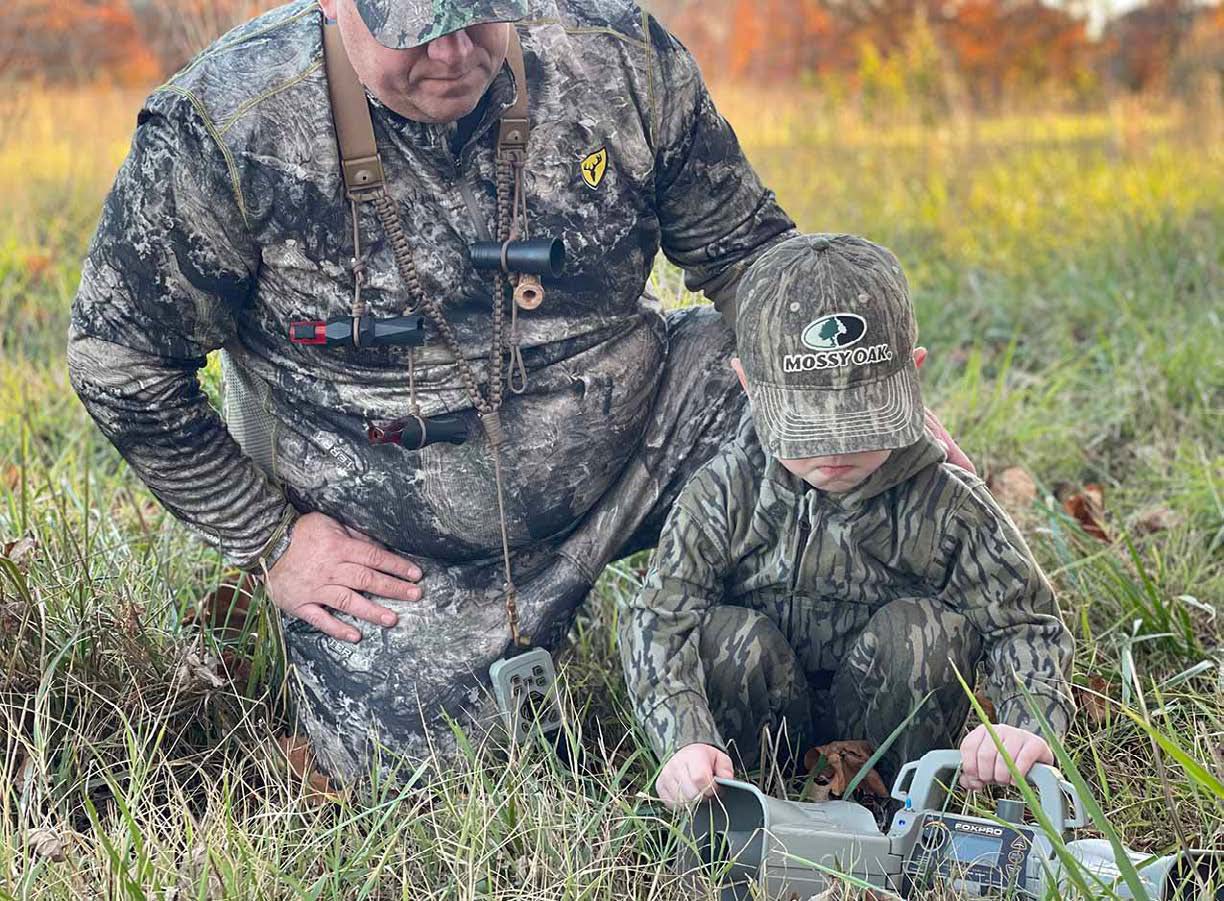
Per our affiliate disclosure, we may earn revenue from the products available on this page. To learn more about how we test gear, click here.





